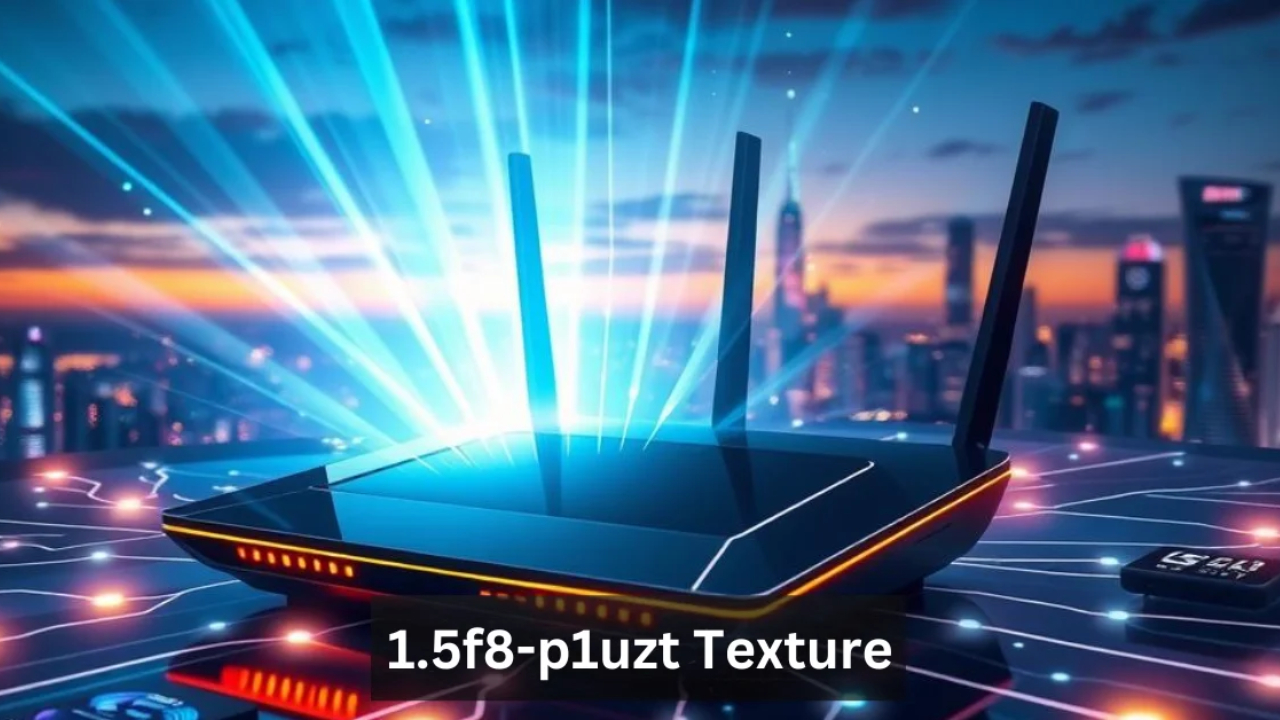Introduction
The 1.5f8-p1uzt texture is a cutting-edge digital material revolutionizing various industries. With its unparalleled realism and intricate details, it has become an essential tool for professionals in digital design, gaming, architecture, and virtual reality. This advanced texture enhances lifelike representations, making digital environments more immersive and engaging. In this article, we will explore the applications, creation process, challenges, and future of 1.5f8-p1uzt texture in the modern world.
What Is the 1.5f8-p1uzt Texture?
The 1.5f8-p1uzt texture is a high-resolution digital surface texture designed to replicate natural materials with extreme precision. Its exceptional level of detail ensures clarity and realism even in close-up views. This texture is widely used in industries that rely on realistic digital environments, including gaming, virtual reality (VR), architectural visualization, and product prototyping. By closely mimicking real-world surfaces, it bridges the gap between the digital and physical realms.
Applications of 1.5f8-p1uzt Texture Across Industries
1. Virtual and Augmented Reality
The 1.5f8-p1uzt texture plays a crucial role in VR and AR environments. Realistic textures are fundamental in creating immersive digital landscapes, allowing users to interact with objects that look and feel real. Game developers and VR experience designers utilize this texture to add depth and believability to virtual spaces, enhancing user engagement. Whether designing VR simulations, training modules, or AR applications, the 1.5f8-p1uzt texture ensures unparalleled realism.
2. Gaming and Animation
The gaming and animation industries benefit significantly from the 1.5f8-p1uzt texture. Its ability to add intricate details to characters, landscapes, and environments enhances visual storytelling. Modern games demand high-definition textures to create lifelike settings, and 1.5f8-p1uzt texture allows developers to achieve this level of realism. From dynamic battle scenes to detailed facial expressions in animated films, this texture elevates the overall visual experience.
3. Architectural Visualization
Architects and interior designers rely on 1.5f8-p1uzt texture to create photorealistic representations of structures. This texture allows designers to showcase materials like wood, stone, metal, and glass with remarkable accuracy. Clients can visualize projects with realistic textures, enabling better decision-making regarding material selection and aesthetic appeal. High-quality architectural visualization enhances communication between designers and stakeholders, streamlining project approvals.
4. Product Design and Prototyping
In product design, the 1.5f8-p1uzt texture is used to develop realistic digital prototypes. Designers can simulate product finishes, textures, and colors to create accurate virtual models before manufacturing. This reduces the need for physical prototypes, saving time and resources. Industries such as fashion, automotive, and consumer electronics benefit from this technology to refine product aesthetics and functionality before production.
Challenges of Implementing 1.5f8-p1uzt Texture
Despite its numerous advantages, the 1.5f8-p1uzt texture presents some challenges:
1. High Computational Requirements
Rendering 1.5f8-p1uzt texture requires substantial computational power due to its high level of detail. Real-time applications like gaming and VR demand optimized systems to ensure smooth performance. Developers often need to balance resolution and efficiency to achieve the best results.
2. Seamless Integration in Large-Scale Projects
Incorporating 1.5f8-p1uzt texture into complex designs can be challenging. If not applied carefully, it may overpower other design elements. Designers must ensure a harmonious blend of textures to maintain visual coherence across projects.
How to Create 1.5f8-p1uzt Texture
The creation of 1.5f8-p1uzt texture involves advanced digital modeling and rendering techniques. Professionals use specialized software such as Blender, Substance Painter, and Autodesk Maya to develop high-resolution texture maps. The process includes:
- Material Analysis – Studying real-world materials to replicate textures accurately.
- Layer Blending – Combining multiple texture layers to achieve realistic depth and detail.
- Lighting and Shadows – Adjusting light sources to enhance texture realism.
- Optimization – Refining texture resolution for different applications without compromising quality.
Future of 1.5f8-p1uzt Texture
With continuous technological advancements, the 1.5f8-p1uzt texture is poised for further evolution. The future holds exciting possibilities, including:
- Enhanced Real-Time Rendering: The development of more powerful GPUs and real-time ray tracing will enable seamless integration of high-resolution textures in gaming and VR.
- AI-Powered Texture Generation: Artificial intelligence will streamline texture creation, making it more accessible to designers.
- Expansion Across Industries: As texture technology advances, industries such as healthcare and e-commerce will adopt 1.5f8-p1uzt texture for applications like medical imaging and virtual product showcases.
Conclusion:
The 1.5f8-p1uzt texture has become an essential asset in digital design, gaming, VR, architecture, and product visualization. Its ability to replicate real-world materials with unmatched accuracy makes it indispensable for creating immersive environments. While challenges exist, the benefits far outweigh them, and future innovations will only enhance its capabilities. As technology evolves, the 1.5f8-p1uzt texture will continue to redefine digital realism, shaping the future of visual design.
FAQs:
1. What makes 1.5f8-p1uzt texture unique?
The 1.5f8-p1uzt texture is known for its extreme detail and realism, making it ideal for industries requiring high-quality digital environments.
2. Where is 1.5f8-p1uzt texture used?
It is widely used in gaming, virtual reality, architectural visualization, animation, and product prototyping.
3. What are the main challenges of using 1.5f8-p1uzt texture?
The primary challenges include high computational requirements and seamless integration into complex designs.
4. How is 1.5f8-p1uzt texture created?
It is developed using advanced digital tools like Blender and Autodesk Maya, incorporating layer blending, lighting effects, and optimization techniques.
5. What is the future of 1.5f8-p1uzt texture?
Future advancements will include AI-powered texture generation, improved real-time rendering, and expanded applications across various industries.
Keep an eye for more news and updates on nhentainef!
